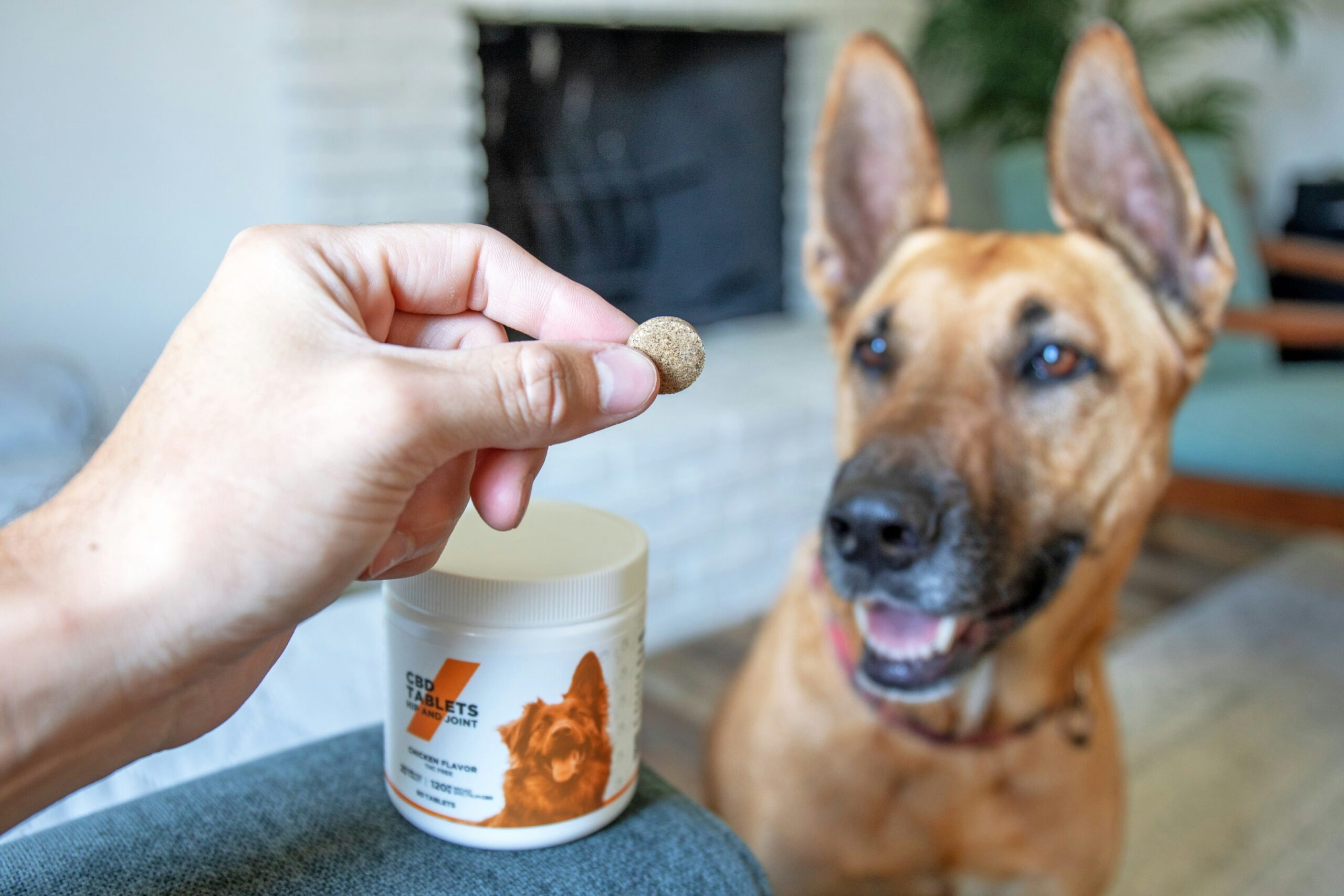How to Monitor Your Dog Health Like a Pro
As a dog owner, there’s nothing more important than keeping your furry friend happy and healthy. How to Monitor Your Dog Health Like a Pro isn’t just a catchy phrase—it’s a mindset that can make all the difference in your pet’s life. I’ve been a dog parent for years, and I know firsthand how overwhelming it can feel when your pup isn’t acting like themselves. Is that limp just a little stiffness, or something more serious? Should you rush to the vet over a sneeze, or wait it out? With the right tools and know-how, you can take charge of your dog’s well-being like a seasoned pro. In this article, I’ll walk you through practical ways to keep tabs on your dog’s health, from simple at-home checks to leveraging modern tech—without stepping on any copyrighted toes, because this is all straight from my experience and research. Let’s dive into how you can become your dog’s health detective, with a few handy tools and resources sprinkled in to make it even easier.
Start with Observation
The Power of Daily Checks
First things first: observation is your superpower. Dogs can’t tell us when something’s wrong, so it’s up to us to notice the little signs. I remember when my golden retriever, Max, started slowing down on walks. At first, I brushed it off as him just being lazy—until I realized he was favoring one leg. That’s when I started paying closer attention. Check your dog daily for anything unusual: Are their eyes clear or cloudy? Is their nose wet or dry? Are they eating and drinking normally? A quick once-over can catch issues early. For a deeper dive, tools like the PetMD Symptom Checker can help you figure out if that cough or scratch needs a vet’s attention. It’s free, easy to use, and a great starting point for any worried pet parent.
Master At-Home Monitoring
Checking Vitals
You don’t need a vet degree to keep an eye on your dog’s vitals. Grab a thermometer—yes, the kind that goes where the sun doesn’t shine (sorry, pup)—and check their temperature. Normal is between 100°F and 102.5°F. If it’s higher or lower, call your vet. I’ve done this a few times with Max when he seemed off, and it gave me peace of mind to know whether it was serious. You can also feel their pulse on the inside of their thigh—around 70-120 beats per minute is typical for most dogs, depending on size.
Tracking Trends
Pair this with a journal to track trends over time. I use a simple notebook, but if you’re tech-savvy, apps like Pet First Aid by American Red Cross can log this stuff digitally and even offer emergency tips.
Upgrade with Tech Tools
Wearable Trackers
Now, let’s get into some gear that takes Monitor Your Dog Health Like a Pro to the next level. Wearable tech isn’t just for humans anymore—dog fitness trackers are a game-changer. Devices like FitBark monitor activity levels, sleep patterns, and even stress indicators. I got one for Max after his leg issue, and it helped me see he wasn’t moving as much as he should. It syncs to your phone and gives you data you can share with your vet.
Smart Water Bowls
Another cool tool is a smart water bowl, like the TORUS Pet Water Bowl, which tracks how much your dog drinks. Dehydration can sneak up fast, especially in older dogs, and this gadget keeps you in the loop. These tools aren’t cheap, but they’re worth it for the insight they provide.
Watch Their Diet
Portion Control
Diet is another big piece of the puzzle. What your dog eats directly affects their health, and keeping an eye on it is key. I learned this the hard way when Max had a bout of tummy trouble—turns out, I’d switched his food too fast. Now, I weigh his portions with a kitchen scale and watch how he reacts to new treats. If you’re unsure about nutrition, sites like The Farmer’s Dog offer personalized meal plans and advice.
Poop Patrol
Also, peek at their poop (gross, I know, but bear with me). Firm and brown is the goal; anything else might signal a problem. Log in if you notice a pattern—it’s weirdly satisfying to crack the code of your dog’s health through their, uh, output.
Grooming as a Health Check
Hands-On Inspection
Don’t sleep on regular grooming as a health check, either. Brushing Max one day, I found a lump under his fur that turned out to be a benign cyst—but it could’ve been worse if I’d ignored it. Run your hands over their body to feel for bumps, cuts, or ticks. Check their ears for gunk or smells that could mean an infection. Clip their nails and look at their paws for cracks or swelling. It’s all part of How to Monitor Your Dog Health Like a Pro. If you’re new to this, ASPCA’s grooming guide has solid, free tips to get you started.
Embrace Telemedicine
Virtual Vet Visits
When it comes to tech, telemedicine for pets is booming. If you’re like me and hate dragging a whining dog to the vet for every little thing, this is a lifesaver. Platforms like Vetster let you video chat with a vet from home. I used it once when Max was sneezing nonstop, and the vet told me it was likely allergies—no trip required. Pair that with a home health kit—like a stethoscope or otoscope from Chewy—and you’ve got a mini vet station at your fingertips.
Decode Behavior
Mood and Habits
Behavior is a huge health clue. A dog who’s suddenly hiding or snapping might be in pain. Max got grumpy when his arthritis flared up, and I only connected the dots after watching him closely. Keep a log of mood swings or odd habits. Apps like Puppy Fat let you track behavior alongside weight and exercise—super handy for spotting trends. Cross-check with AKC’s health section for advice.
Know When to Call the Vet
Partner with Pros
Finally, know your limits. How to Monitor Your Dog Health Like a Pro doesn’t mean skipping the vet entirely. Annual checkups are non-negotiable—think of them as your backup team. I take Max in every year and the vet’s caught stuff I’d never have noticed, like early dental issues. Between visits, though, these tips and tools keep me ahead of the game. If you’re ever in doubt, call your vet—your data just makes their job easier.
So, there you have it—a crash course in keeping your dog’s health on lock. From daily checks to high-tech trackers, you’ve got everything you need How to Monitor Your Dog Health Like a Pro. It’s not about being perfect; it’s about being proactive. Max and I have had our share of scares, but these habits have kept him wagging his tail into his golden years. Grab a tool or two, start watching your pup like a hawk, and enjoy the peace of mind that comes with knowing you’re doing your best.


No responses yet